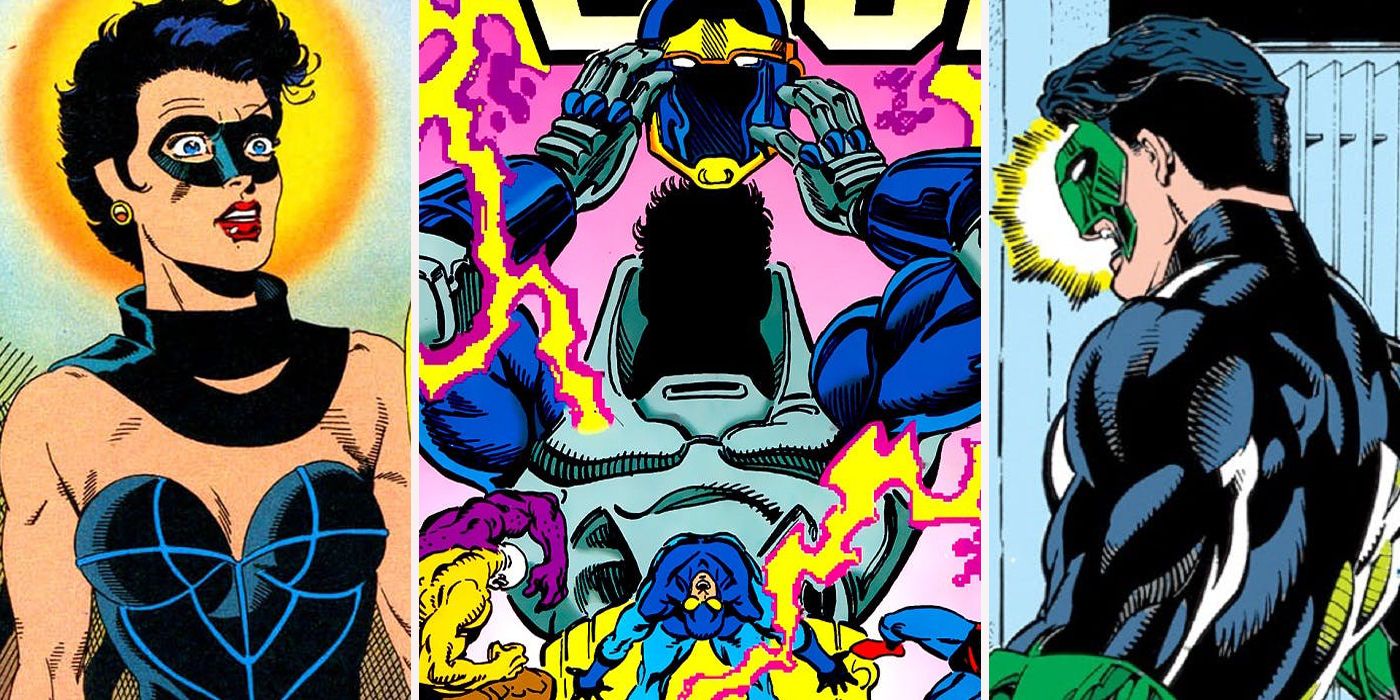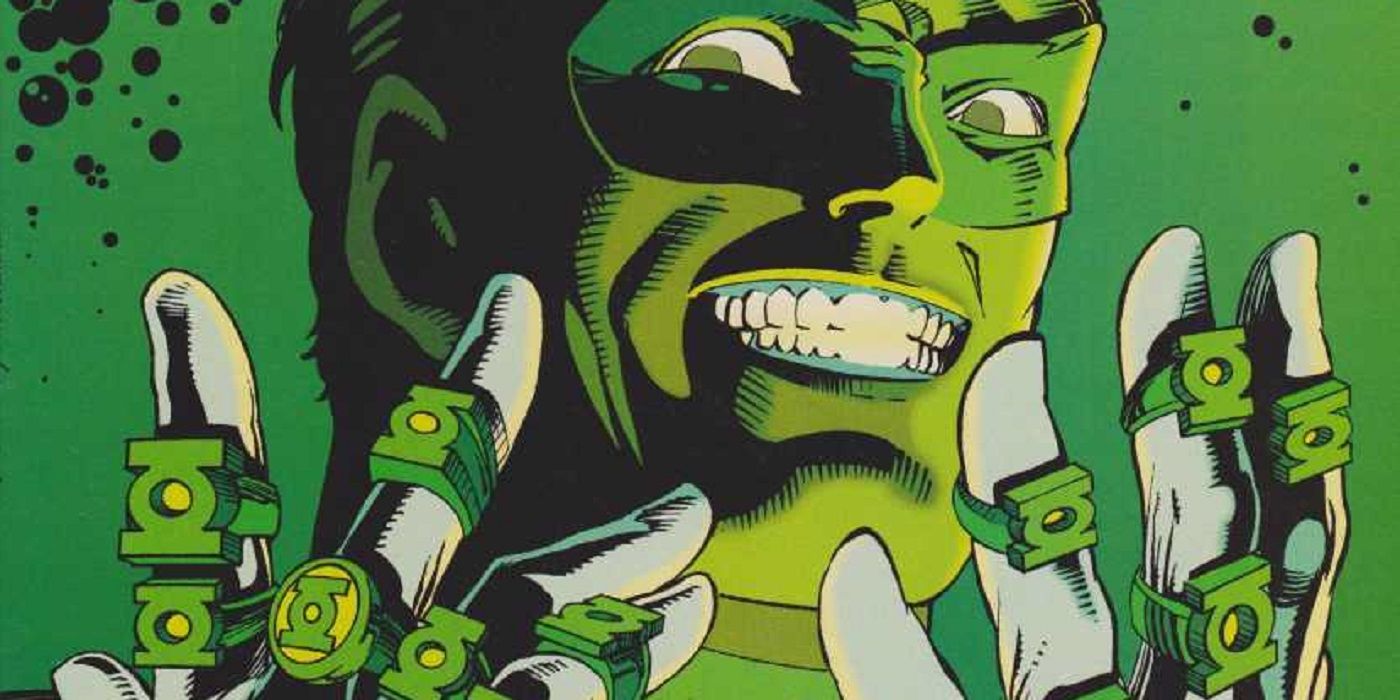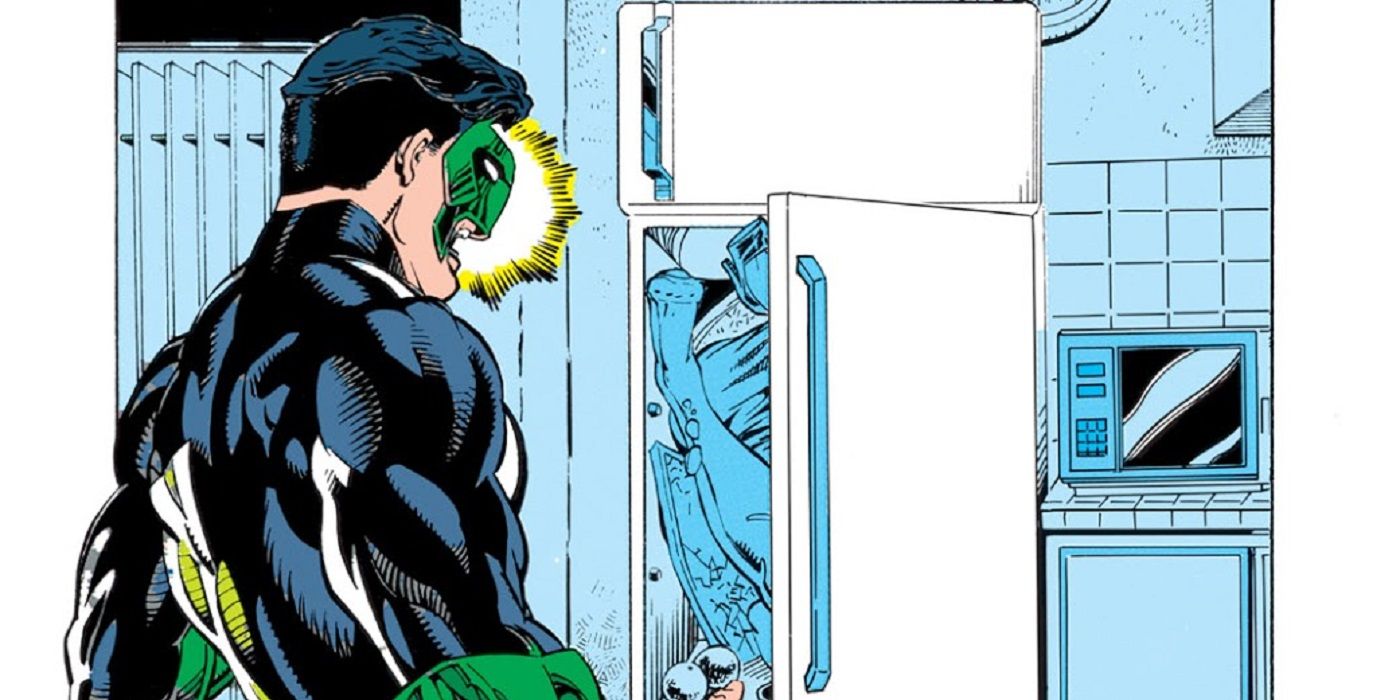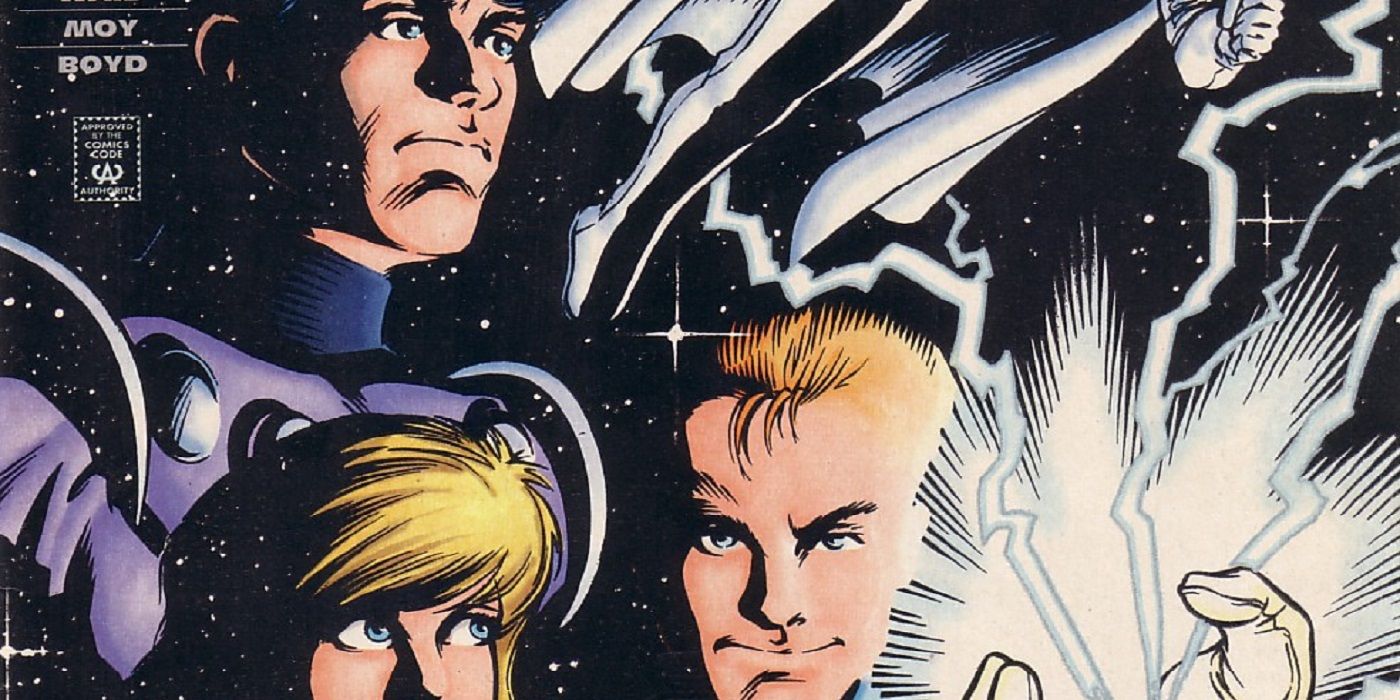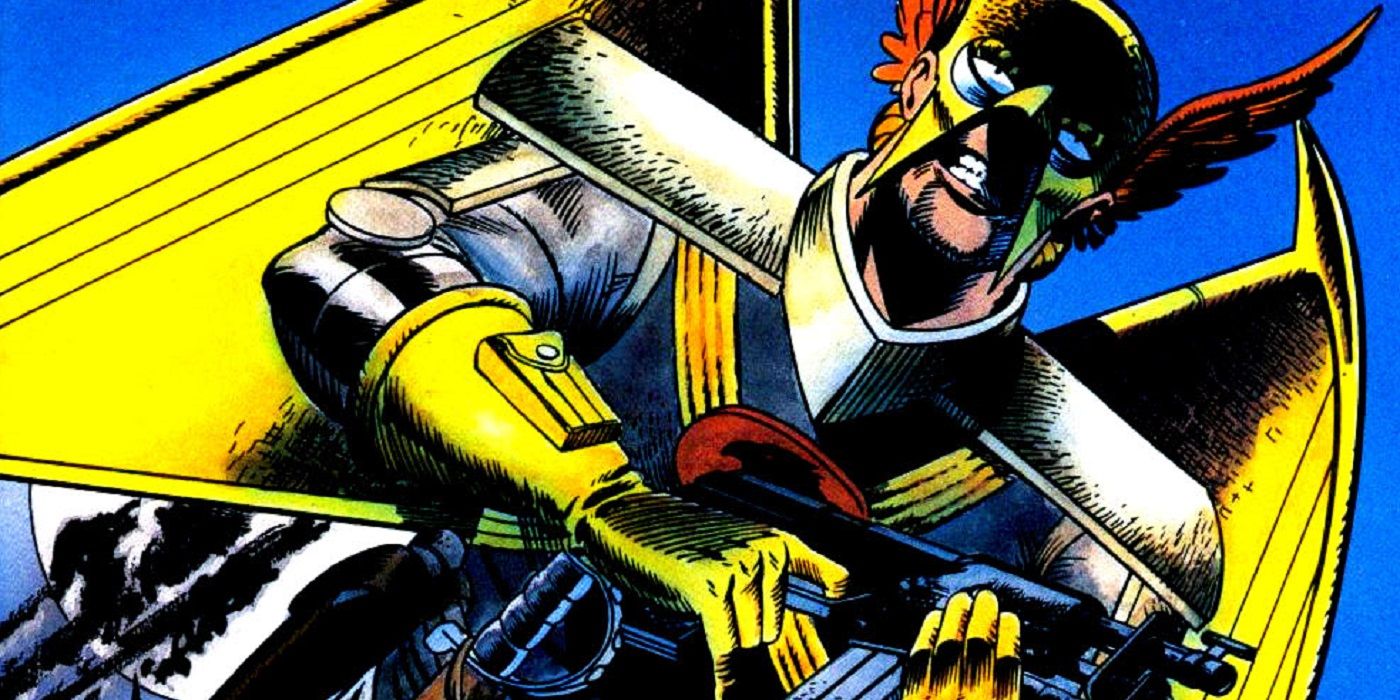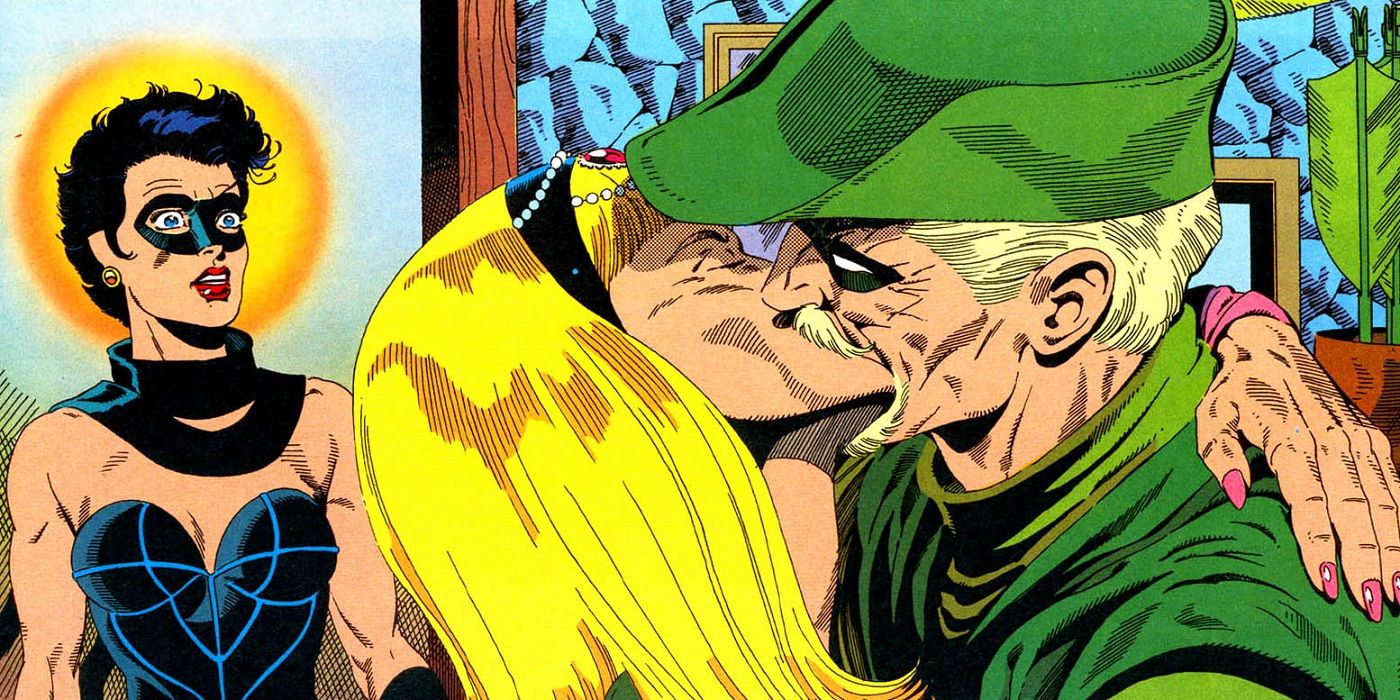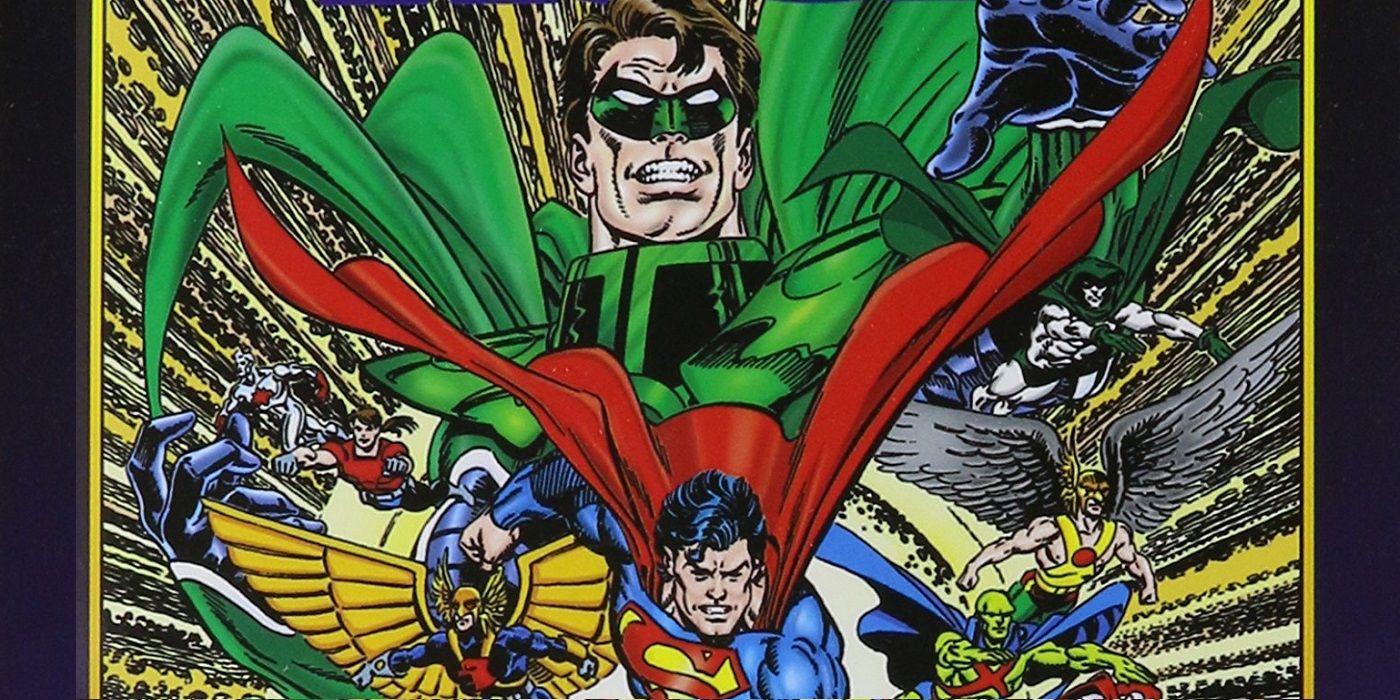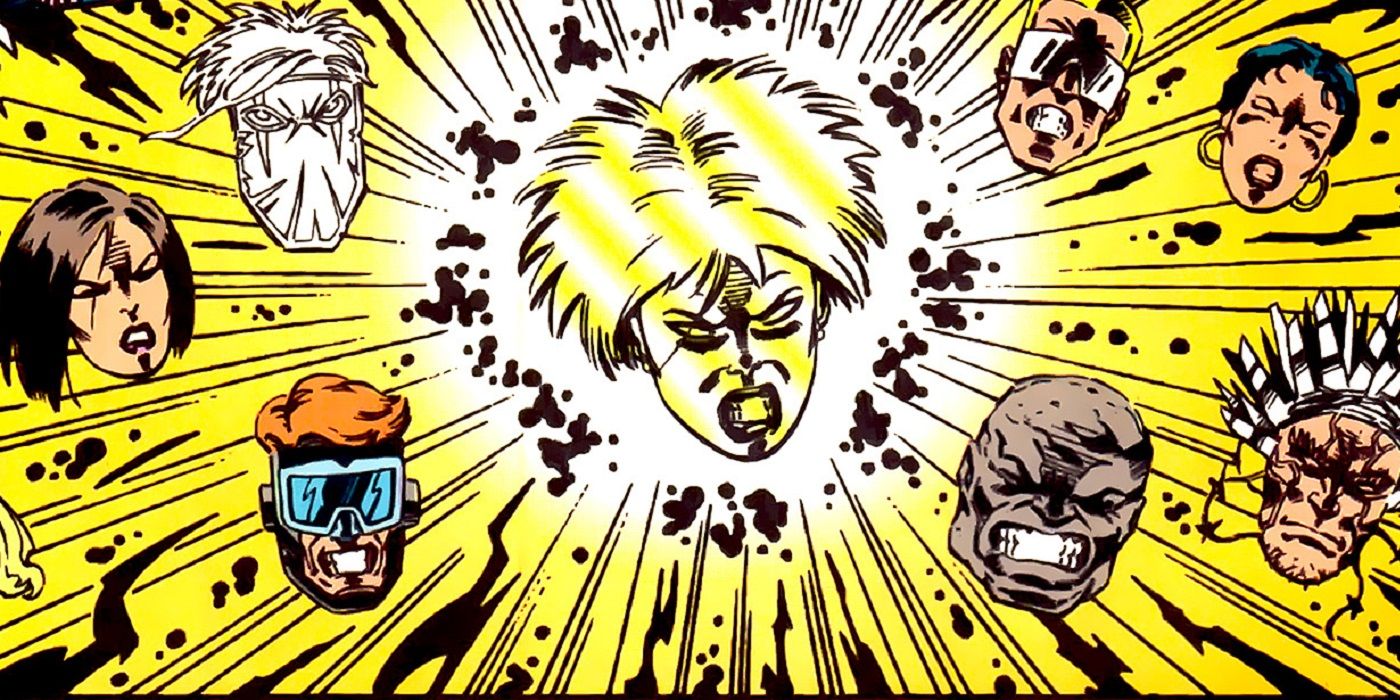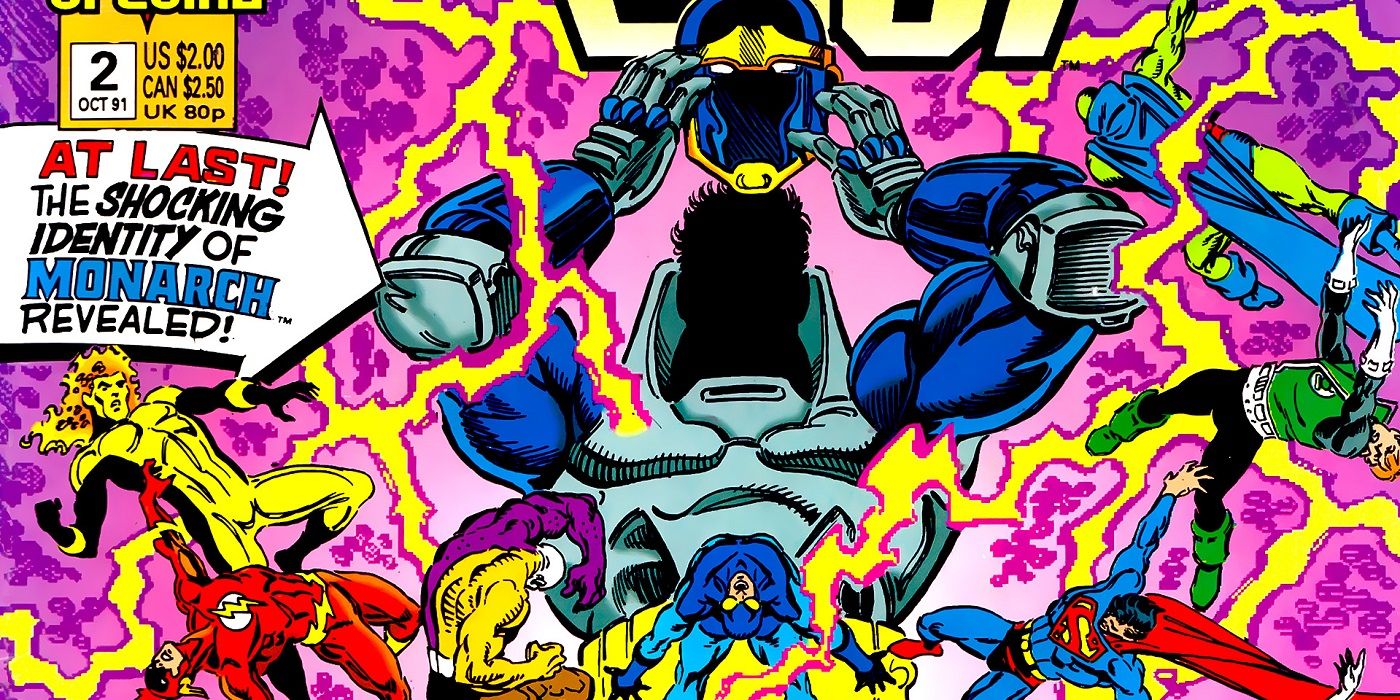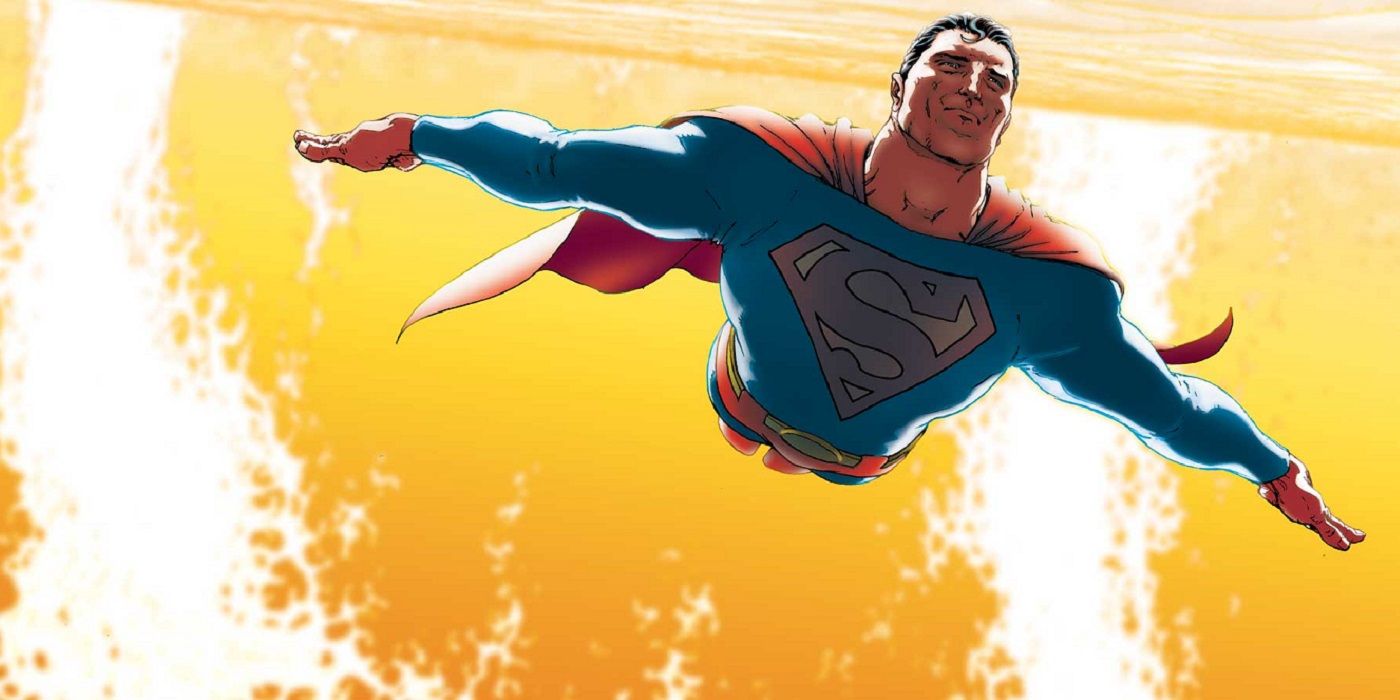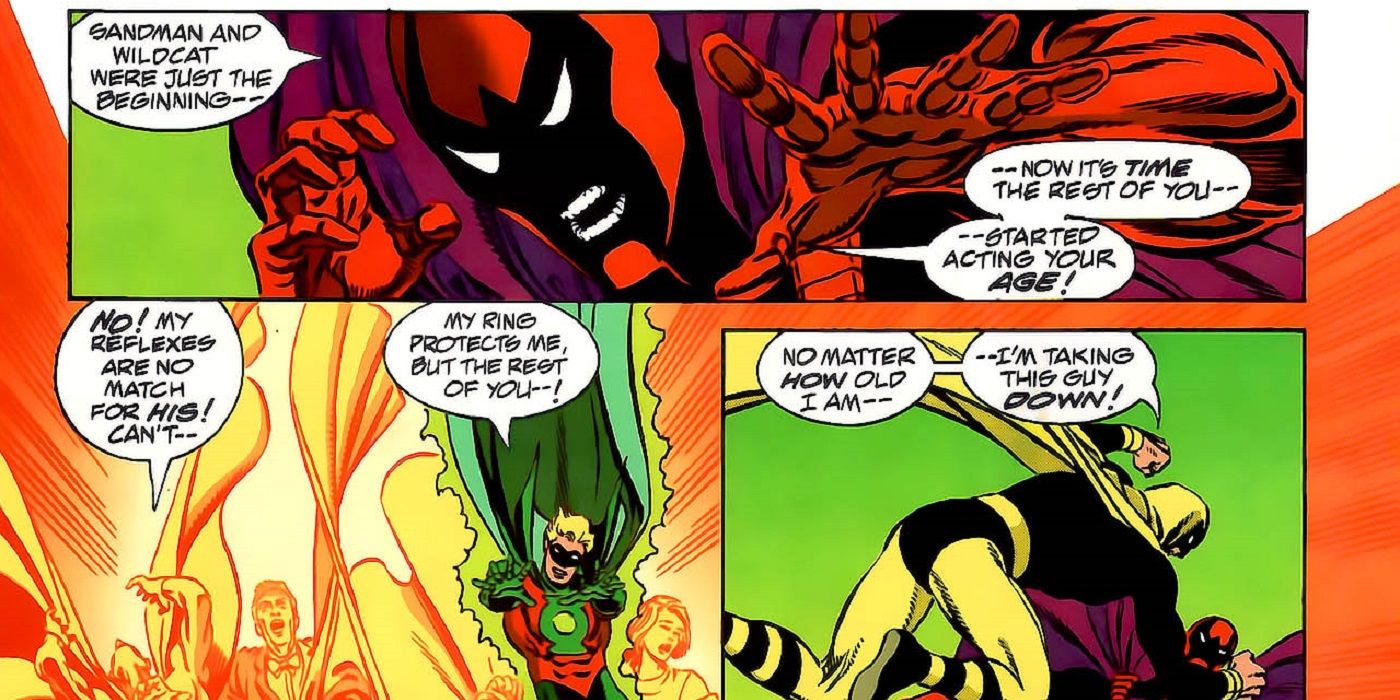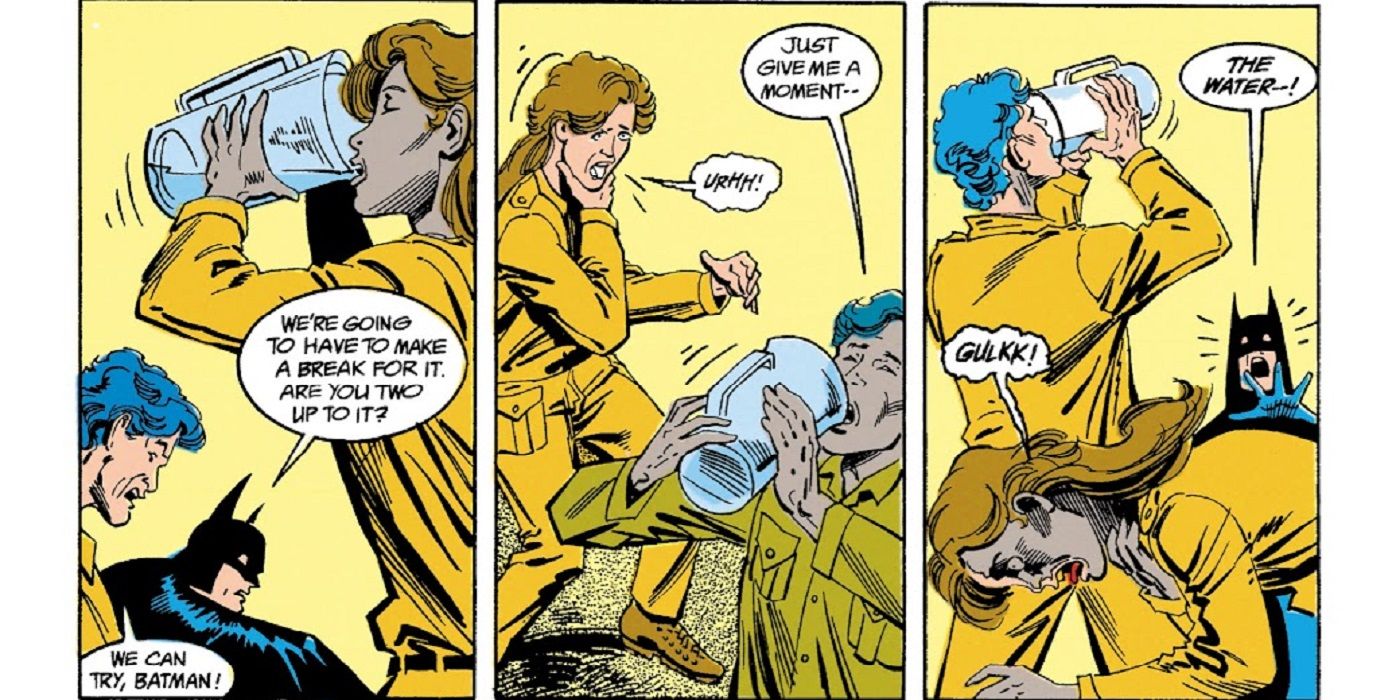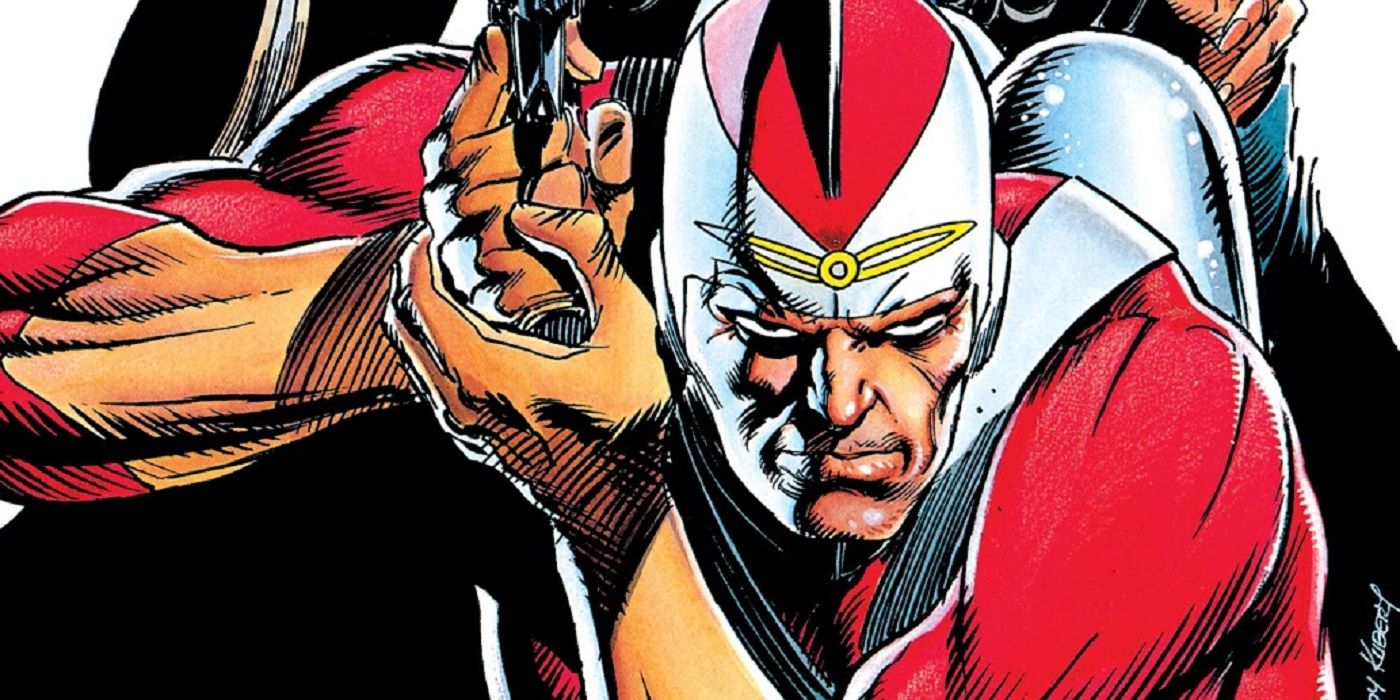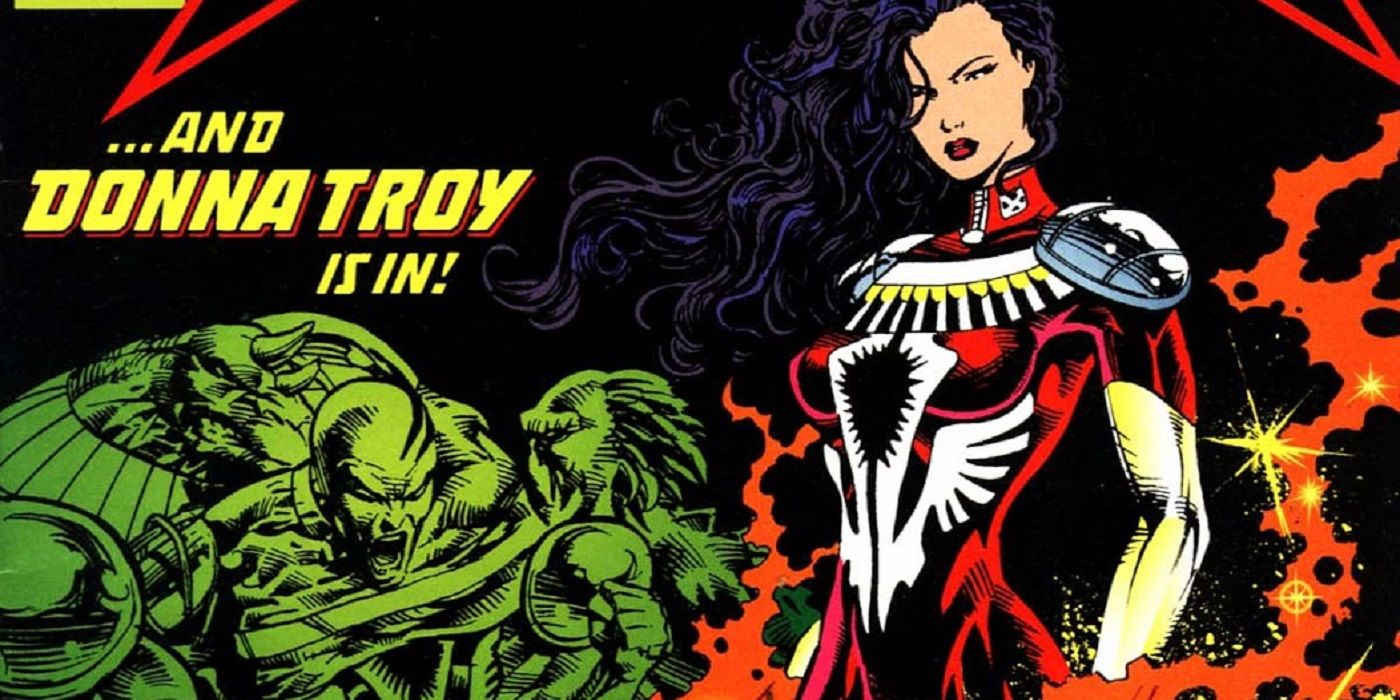The 1990s was a fascinating decade for DC Comics. Like the rest of the comic book industry, DC saw a huge sales boom in the first half of the decade. This was highlighted by their crossover event, "The Death of Superman," which was one of the highest-selling comic book events of all-time. However, the success of that event led to a series of lesser events designed to evoke the same basic feel of "The Death of Superman" and, really, there are only a fixed amount of times that you can do something to the same scale as killing off Superman. Thus, there was very much a case of diminishing returns for some of these events.
RELATED: 15 Disastrous Mistakes DC Wants You To Forget
At the same time, however, DC was releasing some of the most acclaimed comic books of the decade, particularly through its Vertigo line of comic books, which were highlighted by Neil Gaiman's Sandman, a comic book series that actually began in the 1980s, but most of the issues were released in the 1990s. Vertigo later launched Preacher and Transmetropolitan to follow Gaiman's Sandman epic. So DC did a lot right in the 1990s, but it also made its fair share of mistakes. Some of these mistakes still haunt the publisher to this day. We'll detail 15 of DC's biggest mistakes from the 1990s that still affect comic books decades later.
15 HAL JORDAN'S KILLING SPREE
Of all the DC Comics events designed to follow in the footsteps of "The Death of Superman," none was quite as dramatic as "Emerald Twilight," a story so daring that another storyline under the same name had already been solicited, but DC scrapped it because it wasn't extreme enough. Rather than have Hal Jordan go rogue and force the Green Lantern Corps to pick a new Green Lantern of Earth.
This new version had Hal Jordan snap and kill a bunch of Green Lanterns on the way to absorbing the energy of the Green Lantern Corps to help fix things that had gone wrong. Eventually, this was excused as a matter of Hal being possessed by the fear entity known as Parallax, but the damage to his character has still been dramatic, as the guy was plainly a major villain in the DC Universe for years after this event.
14 DUMPING THE FUNNY JUSTICE LEAGUE
When Keith Giffen and J.M. DeMatteis began their Justice League run in 1987, they wanted to have as many "big guns" as DC would allow. DC, though, reduced the amount of major characters available, so Giffen and DeMatteis instead decided to take a different approach with the lesser-named characters that they were given and did a sitcom approach to the Justice League. It was a major hit and was one of DC"s best-sellers.
When Giffen and DeMatteis left the series after five years, DC could have chosen to continue the humorous League, perhaps in a new spinoff series, or they could have chosen to keep the characters but have them no longer be funny and appeal to no one (not the fans who wanted the big names and not the fans who wanted the funny League). DC chose the latter and ruined one of their most popular series for good.
13 WOMEN IN REFRIGERATORS
We certainly do not mean to suggest that the trend of female supporting characters being injured or killed in service of motivating the main male character was something that began in the 1990s. It had been around for many years before that. However, it was forever encapsulated in 1994, when new Green Lantern Kyle Rayner saw his girlfriend, Alexandra DeWitt, literally stuffed into a refrigerator as part of a message for Kyle from the sadistic Major Force.
This led to the term "women in refrigerators" being coined by Gail Simone to describe how poorly women have been treated in superhero comic books and it is an issue that affects comics today almost as much as it did in 1994 and the term has as much relevance today as it ever has in its history.
12 THE LEGION REBOOT
In this instance, the "mistake" actually occurred in the late 1980s, when first Paul Levitz finished out his long run on Legion of Super-Heroes by aging the characters and having them encounter more mature threats. Then, Levitz's long-time collaborator, Keith Giffen, who had recently returned to the series, took over the book from Levitz and promptly skipped five years into the future, where the Legion were now all adults and trying to put the Legion back together after it fell apart over the years (through a series of wars).
While good, the series changed the set-up so much that for Zero Hour, DC just rebooted it. This led to a number of strong new stories, but it also led to future reboots every time someone felt like changing things. It made the Legion almost unrecognizable 20 years later.
11 HAWKMAN'S CONTINUITY MESS
Mark Waid once wrote about how so much of Hawkman's continuity problems could have been avoided had his 1989 "Year One" style miniseries, Hawkworld, simply included three little words at the beginning of it. Those three words? "Ten years ago." The series could have served as Hawkman's new origin Post-Crisis on Infinite Earths, but by setting it during the present, it became a major conflict in DC continuity and led to many years of confusing Hawkman stories.
However, while the 1989 miniseries showed Hawkman's origin, it was not actually until his 1990 Hawkworld ongoing series that it was confirmed these stories were taking place in the present and not the past, so the 1990 series was really where the trouble started for Hawkman and his ever-confusing continuity.
10 THE KISS THAT SCREWED GREEN ARROW OVER
It is amazing how much a character can be defined by a trait that did not exist for the first 50 years or so of a character's existence. That is precisely what happened to Green Arrow when he was kissed by Marianne, a young woman who had been living on the streets when Green Arrow got her a job at Dinah Lance's flower shop. She became a bit obsessed with Oliver and during a New Year's Eve masquerade party, she kissed him. Oliver Queen's girlfriend, Dinah, though, saw them kiss and she broke up with Oliver.
This was the start of "Green Arrow is a hound dog who always cheats on his girlfriends" approach, which soon became just part of his character despite it never being there until the very early 1990s. Even there, she kissed him! He later slept with her, but that was after Dinah dumped him.
9 ZERO HOUR CONTINUES THE CRISES
This is another case where you could argue that the real problem occurred earlier, when DC decided to eliminate their Multiverse in Crisis on Infinite Earths in the mid-1980s. However, whatever you felt about that decision, once they made it, they really should have either committed to the approach or just reversed the approach. Instead, with 1994's Zero Hour, we saw a set-up that would become quite familiar to DC fans over the next 20 years - a half-reversal/half-recommitment that didn't make anyone happy.
Dan Jurgens obviously would have done things differently had he had full control over the project, but instead, Zero Hour ended up being a hodge-podge that many DC events would emulate in the years since (like, say, "the whole DCU is rebooted... except Batman and Green Lantern").
8 A CREATIVE BLOODBATH
In 1993, DC released a crossover even throughout its annuals called "Bloodlines." The concept (which was eerily similar to what Marvel did the same year) was to introduce brand-new superheroes and supervillains (mostly heroes), who would be introduced in the annuals for each of DC Comics' regular titles that year. It was a fair enough concept, but the problem was that DC would be owning these characters entirely.
Thus, you got a bunch of mostly weak characters, as no one wanted to give DC their best ideas. When some of them, like Hitman, hit it big, it just highlighted the absurdity of surrendering the rights to your creations to a comic book company like DC Comics. This is why many top creators make sure to avoid creating characters for DC or Marvel any more.
7 SPOILING THE FUTURE
In 1991, DC had another crossover event between its annuals called Armageddon 2001. This time, the framing sequence was that a time-traveler from the future came back from the year 2001. In that year, a former superhero became the villainous Monarch and took control of the world. Now, this time-traveler came back to 1991 to figure out which superhero would one day become Monarch. So each annual would see a possible future for the main character to see if they become Monarch (so just lots of interesting possible future one-shots).
However, someone found out that it was going to be Captain Atom and leaked it on to the nascent internet, so DC changed the reveal at the last minute to preserve the surprise factor and made it Hawk (of Hawk and Dove) instead. This would be the first of many instances of DC Comics fighting off the internet spoiling plotlines ahead of time.
6 TURNING DOWN A SUPER TEAM OF WRITERS
At the end of the 1990s, DC decided to revamp its Superman line of comic books. The publisher had maintained a relatively stable roster of creators for the entirety of the decade and now wanted to mix things up. The line had four titles at the time (Superman, Action Comics, Adventures of Superman and Superman: The Man of Steel). One of the pitches editors received was from Grant Morrrison, Mark Waid, Mark Millar and Tom Peyer. DC ended up turning it down.
So DC could have not only had some of the top creators of the next decade working on their Superman line, but also prevented Morrison and Millar going to Marvel in the next couple of years and helping to revolutionize Marvel's X-Men and Ultimate Comics line. When you see the impact the Ultimate line had on the Marvel Cinematic Universe, this was a huge game-changer.
5 GETTING RID OF THE JUSTICE SOCIETY
For a number of years after Crisis on Infinite Earths established that the Justice Society of America, rather than living on their own alternate Earth, were actually heroes in the past on the main DC Comics Earth, DC mostly kept away from using the older heroes until the early 1990s, when they brought them back from a magical limbo that they had been in for years (to explain their relatively youthful appearances). Then, after getting a critically acclaimed series, DC decided that it just didn't want them around, so editors canceled the series.
Then, during Zero Hour, despite Dan Jurgens' wishes to just let them get their own Earth to live on, DC instead decided to wipe them out. The JSA had a bit of a resurgence in the late 1990s with the few surviving members, but this really hurt the concept of the Justice Society for decades.
4 TIM DRAKE FOLLOWS A FAMILIAR PATH
After initial complaints that Jason Todd was just a Dick Grayson knockoff, DC overcorrected in the 1980s and made Jason Todd into such a punk that fans literally voted to have him killed in the late 1980s. DC then had Marv Wolfman introduce a new Robin, Tim Drake, who was accepted by fans as being different from Dick, but not in a jerky way. However, DC quickly decided to give up one of the things that made Tim Drake stand out.
Tim was a normal kid with loving parents, making his decision to become a superhero stand out from other typical superheroes (who all lose their parents). So, of course, within a year or so of his debut, DC killed off his mother. His father was killed a decade later, forever taking Tim out of "normal family life" status.
3 BREAKING THE ICE
By the time that Keith Giffen and J.M. DeMatteis finished their Justice League run, not only was the League popular as a whole, but the characters within the League were also popular, especially the pairings of Blue Beetle and Booster Gold and Fire and Ice, the latter being so popular that DC renamed Green Flame and Ice Maiden as Fire and Ice because they were such a popular duo together.
Then, when the League was continued in a more serious version, Ice remained a key member of the team (she was there when Superman died!) but when Mark Waid was put in charge of a Justice League crossover that would shake up the various League title, he thought whose death would have the biggest impact and he landed on Ice. He killed her off, later noting that it was one of the biggest mistakes of his comic book writing career.
2 ADAM STRANGE GOES DARK
During his famed run on Swamp Thing, Alan Moore would often come up with new approaches for other unused characters in the DC Universe. Sometimes, these new ideas would become beloved changes (like The Demon suddenly becoming a rhyming hellspawn) and sometimes, they would be more forgettable. One example of the latter was the revelation that the planet Rann only kept Adam Strange around because they were a sterilized species and needed Strange as a source of breeding.
The 1990 miniseries, Adam Strange, continued that plot point. It's a well-done series (with great art by a young Andy Kubert) but, A.) it was such a bad idea, and B.) it was the first notable example of a comic going "grim and gritty" based off of an Alan Moore plot point, something that would be common in the years to come.
1 DONNA TROY IS A MESS IN ANY DECADE
We won't mislead you, Donna Troy never made sense, because she was a mistake to begin with, as "Wonder Girl" was actually just Wonder Woman when she was younger and the writer of the Teen Titans added her to the team not knowing that she wasn't Wonder Woman's sidekick. So in the 1970s, Marv Wolfman had to invent a backstory for Wonder Girl where she was saved by Wonder Woman as a little girl.
Then Crisis hit and Wonder Woman suddenly showed up on the scene now, meaning that Wonder Girl needed to have a new origin. After a few attempts at giving her one, during the 1990s she lost her powers, became a Darkstar, divorced her husband, saw her husband and two sons both murdered, had her life erased and then re-written based on Wally West's memories... the 1990s were an extra-big mess for Donna Troy.
What do you think was the biggest mistake that DC Comics made in the 1990s? Let us know in the comments section!

